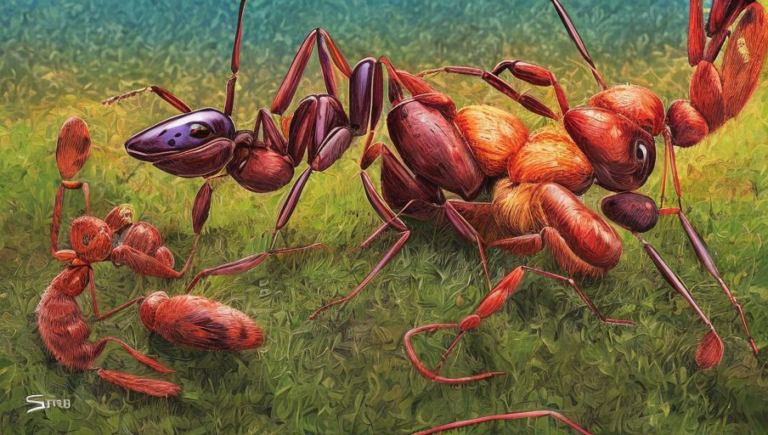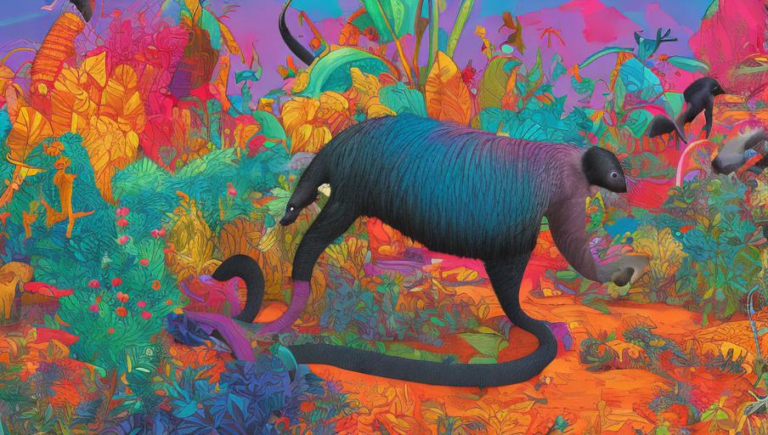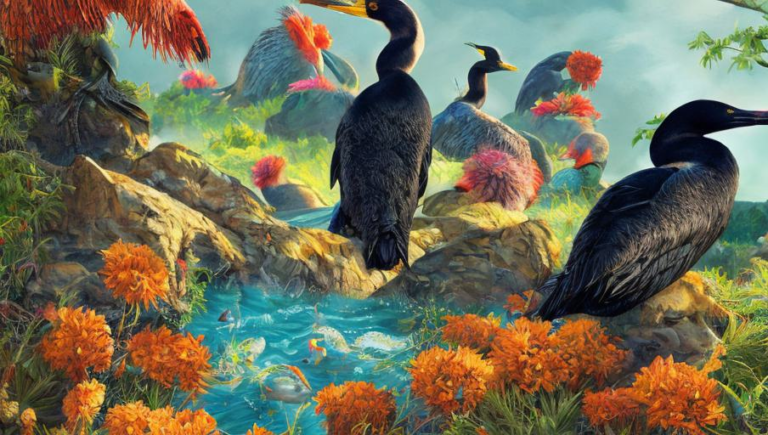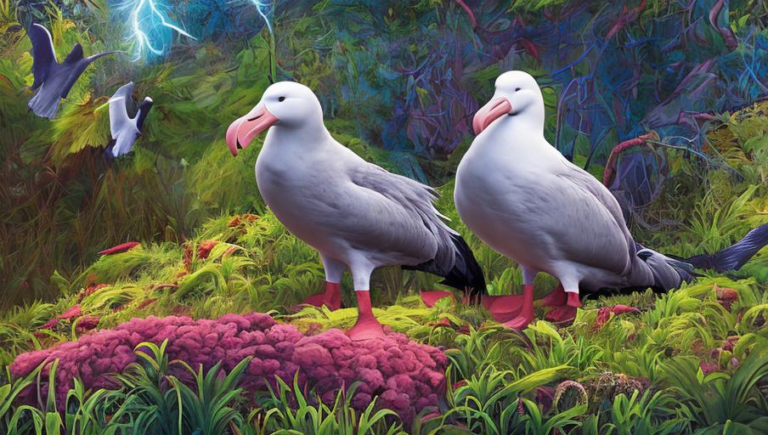The Mysterious Lives of Crabs
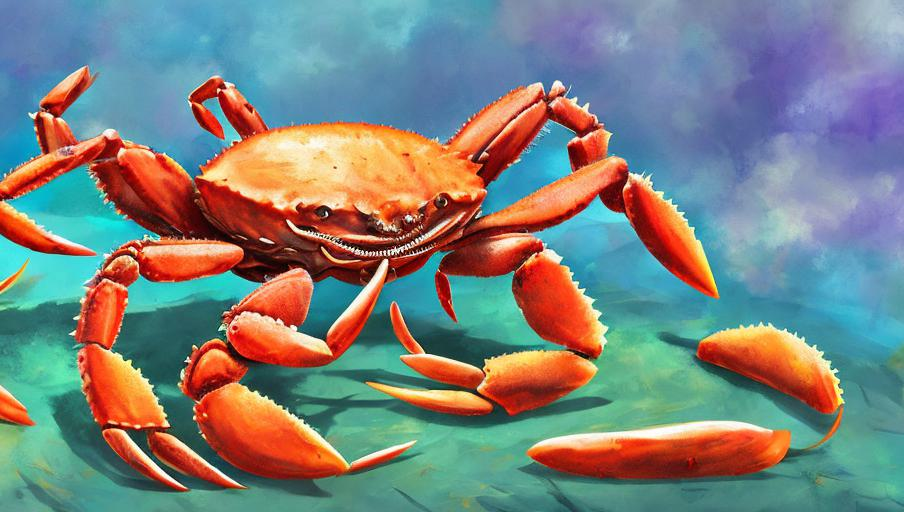
A Fascinating Look at Crabs
Crabs are a unique and fascinating species of crustacean with a wide range of adaptations that make them an interesting subject of study. The distinctive shape of their bodies and the presence of claws make them instantly recognizable, but there is much more to this group of aquatic organisms than meets the eye. In this article, we will take a closer look at the mysterious lives of crabs and how they make their way in the ocean.
The Anatomy of a Crab
Crabs have a characteristic body shape, with a carapace, or hard shell, covering their bodies. This carapace often has a distinctive pattern of ridges and horns, and it protects crabs from predators and environmental elements. Underneath the carapace, crabs have two sets of jointed legs, which they use to move around and catch prey. Their eyes are located on the side of their heads, and they have two pairs of antennae, which they use to sense their environment. Crabs also have a pair of chelipeds, or pincers, which they use to capture and eat their prey.
Where Crabs Live
Crabs can be found in a variety of different habitats around the world, from the deep sea to the intertidal zone. Many species of crabs live in the ocean, where they can be found in shallow waters near the shore or in the depths of the ocean. Other species live in freshwater habitats, such as lakes, rivers, and streams. Crabs can also be found in various coastal environments, from rocky shorelines to sandy beaches.
Crabs as Predators and Prey
Crabs are omnivores, meaning that they eat both plants and animals. They feed on a wide range of prey, including small fish, mollusks, and worms. Some species of crabs, such as the fiddler crab, also feed on algae and other plant material. Crabs are also preyed upon by a variety of predators, including larger fish, octopuses, and seabirds.
The Reproductive Cycle of Crabs
Crabs reproduce by releasing eggs into the water. Depending on the species, the eggs may be fertilized externally or internally. After the eggs are released, the larvae develop into miniature versions of adult crabs. After a certain amount of time, the larvae metamorphose into adults and begin to feed and grow. Crabs can live for several years and reproduce multiple times throughout their lives.
Conservation of Crabs
Due to increasing threats from human activities such as overfishing, pollution, and habitat destruction, some species of crabs are becoming endangered. Conservation efforts are being taken to protect these vulnerable species and their habitats, such as the creation of marine protected areas and the enforcement of fishing regulations. It is also important to raise awareness among the public to help protect these fascinating creatures.
Conclusion
Crabs are unique and fascinating animals that play an important role in marine ecosystems. With their distinctive anatomy and behavior, they are an important species to study and protect. Conservation efforts are essential to help protect these creatures and their habitats, so that they can continue to thrive in the future.
